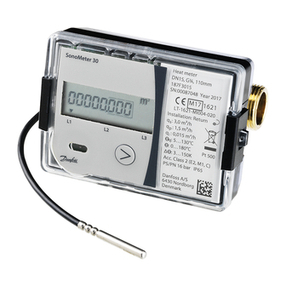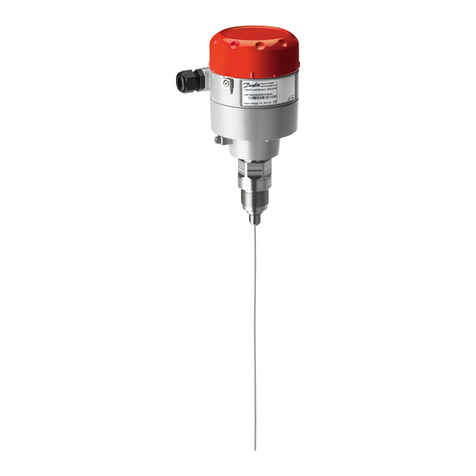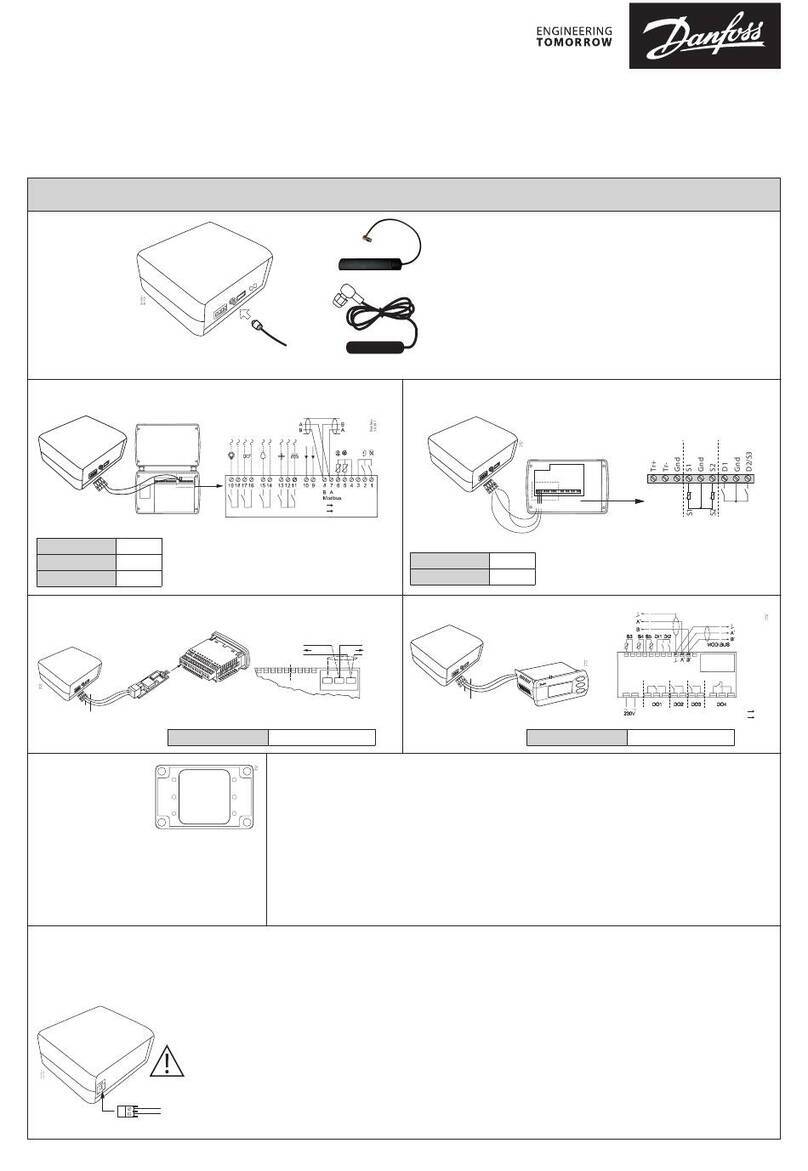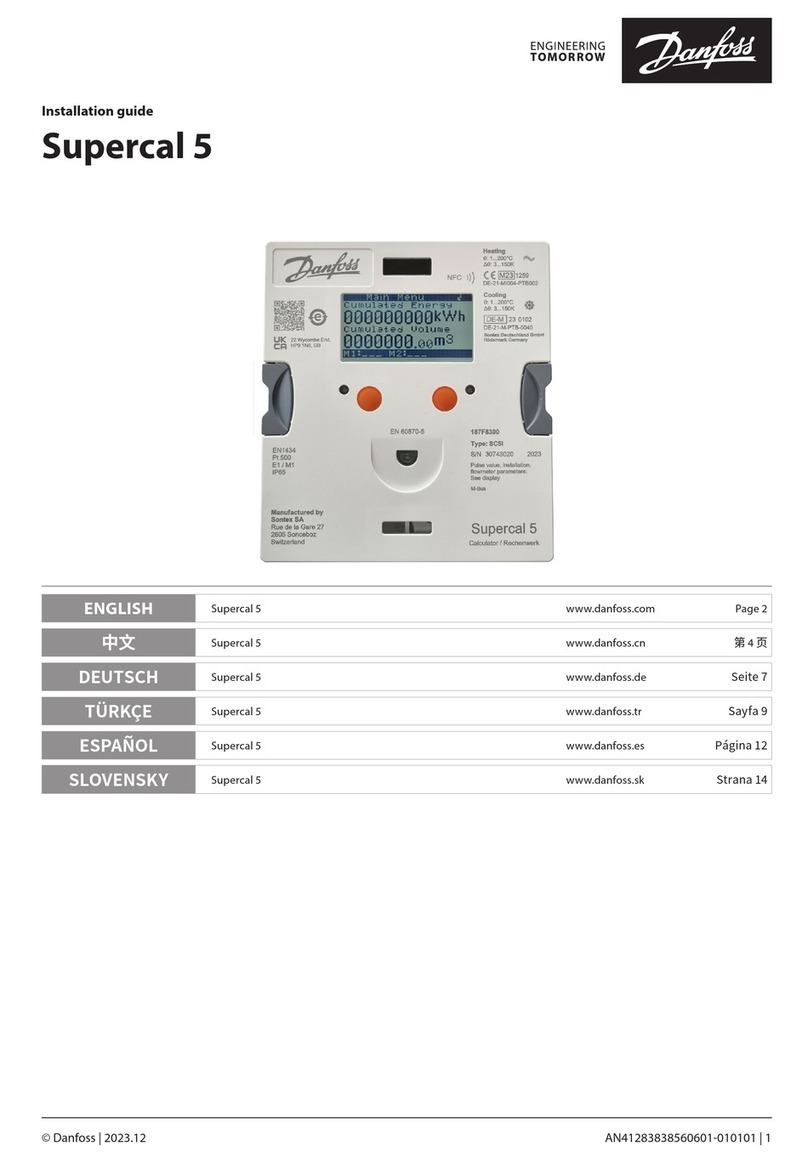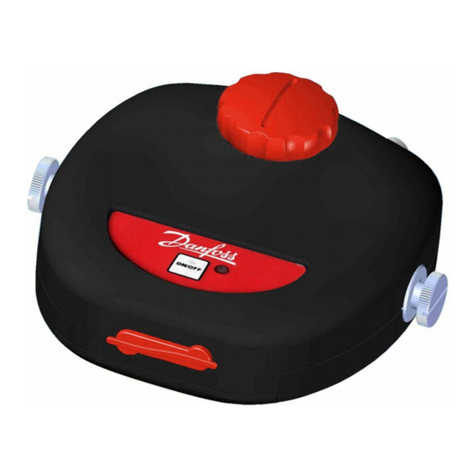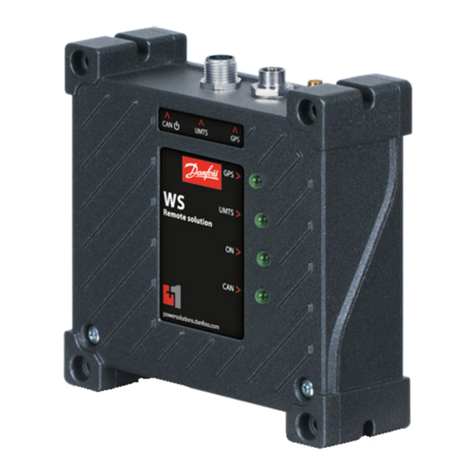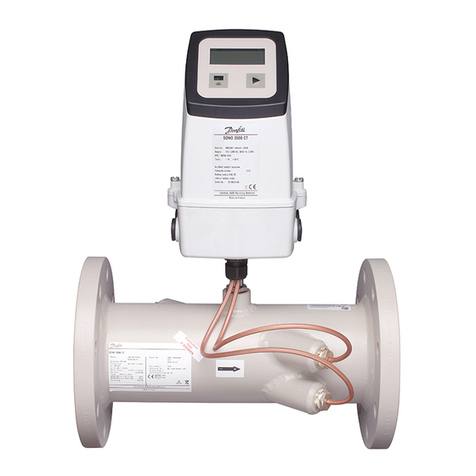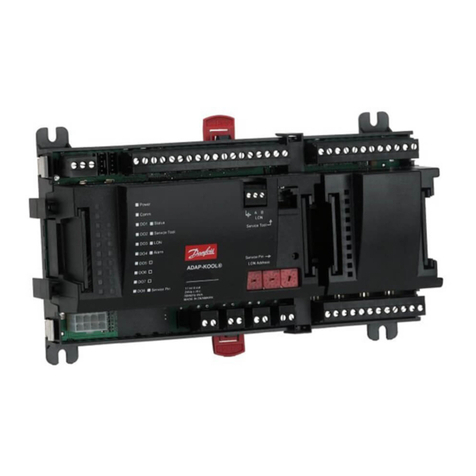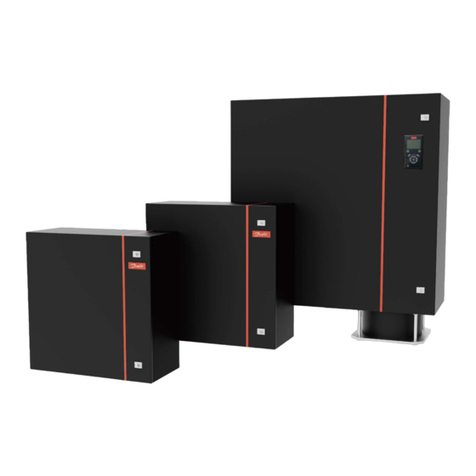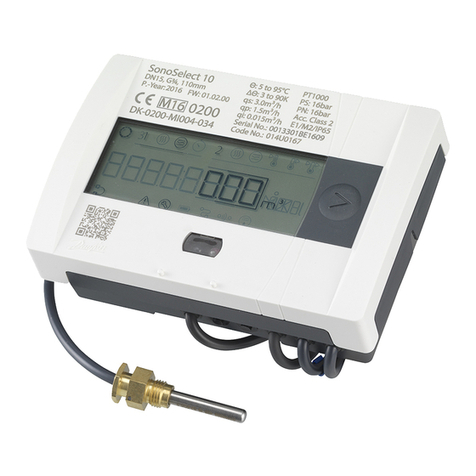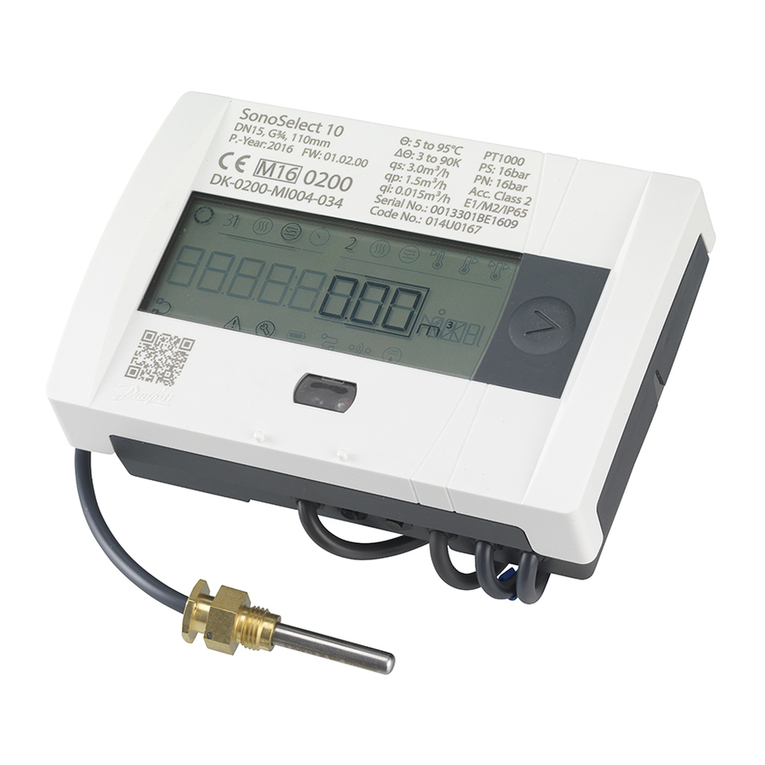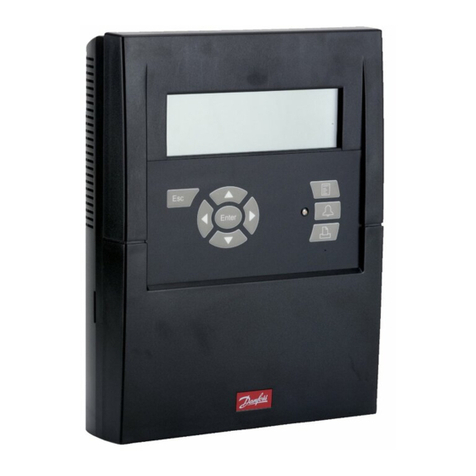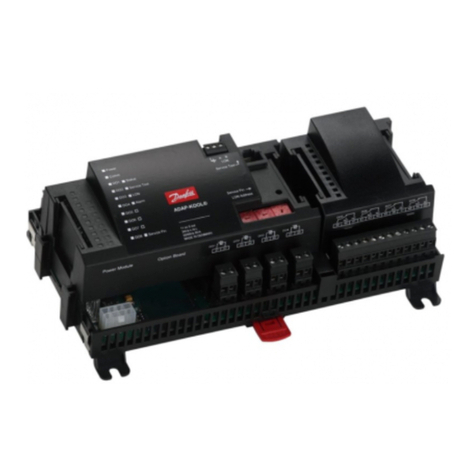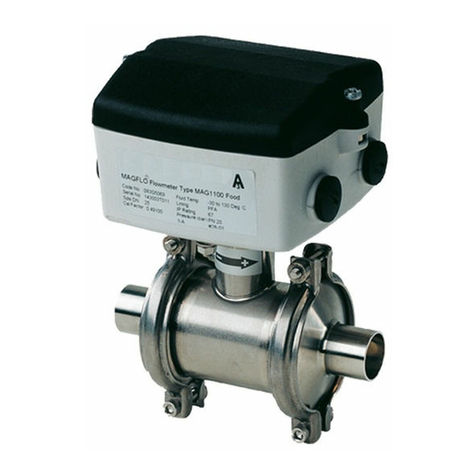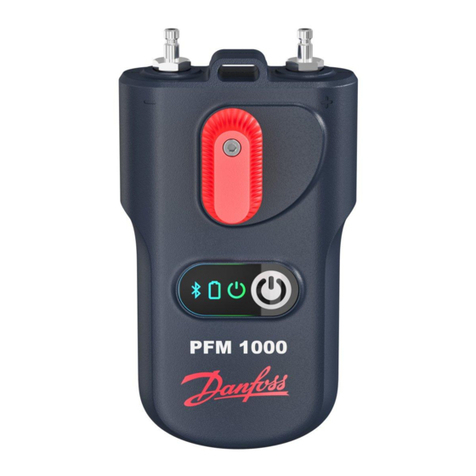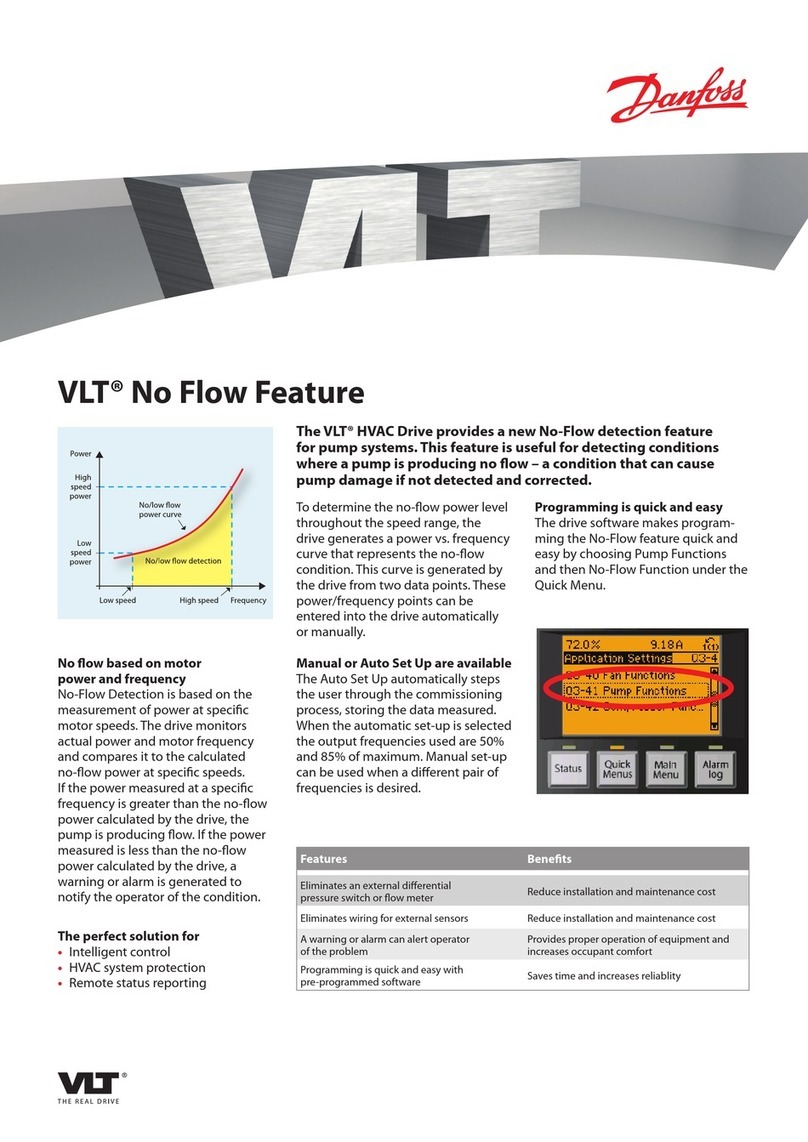
6 Vickers by Danfoss Target-Pro 2 Analyzer and Sampler Operat ion Manual V-PP-MC- 2-E July 2 23
C o n t i n u o u s S a m p l i n g — S e t I n t e r v a l s
The analyzer can run continuous tests at set time intervals.
Once continuous sam ling has started, the flush valve
o ens and closes automatically before each test. This lets
fluid reach the sensing arrangement before the 15ml sam-
ling test begins.
The flush valve automatically o ens at the end of the sam-
ling cycle and remains o en while the analyzer is em tying
the sam le fluid from the revious test.
De ending on the time set for minutes between tests, the
flush valve o erates as follows:
Time set to 0:
At the end of the em tying cycle, the flush valve automati-
cally closes and the next sam ling test beginsimmediately.
Time set etween 1 and 5:
After the em tying cycle ends, the flush valve remains o en
for the time set, then closes automatically before the next
sam ling test.
Time set etween 6 and 30000:
Flush valve automatically closes after the em tying cycle
ends, and remains closed until 5 minutes before the next
sam le test is rogrammed to begin.
Notes:
When the flush valve ushbutton is lighted, the valve is
o en; when the ushbutton light is off, the valve is closed.
The flush valve servo motor makes a slight ‘ticking’
noise, whether the valve is o en or closed. This is normal.
Do not connect the waste fluid hose to a ressurized sys-
tem; this will cause the analyzer to malfunction and could
cause internal leakage. Discharge the waste fluid hose into
the bottle rovided, or into a tank or vessel vented to the
atmos here.
To conserve battery life, connect the analyzer to the ower
ada ter for continuous o eration.
Con ti nu ou s Sa mp li ng —B as ic O pe rat io n
1. Follow instructions 1–5 on age 4 to select
analyzer settings. On the O erations Screen,
ress [5] until Continuous is selected.
2. Test Options—Press [6], then ress the rele-
vant key to switch between o tion selections:
1. Set minutes etween tests: Press [1], enter the time in
minutes required between tests (value must be between 1
and 30000), and ress [Return].
2. Set ISO Target Level: Press [2], enter 0 (zero), and ress
[Return].
3. Set NAS Target Level: Press [3], enter 0 (zero), and ress
[Return].
4. Set logging: Press [4] once to log every test, re eat; ress
[4] again to deselect logging.
Note: If you deselect log every test, the analyzer will not store
any test results in its memory.
3. Press the ush valve ushbutton to o en the valve; the
ushbutton will light u . Leave the valve o en for at least 1
minute or 200ml of fluid—more if the HP sam ling hose is
longer than 1.5m.
4. Press the ush valve ushbutton to close the valve; the
ushbutton light will go o.
Alternate method: Proceed to ste 5— ressing
the start button [1] automatically closes the flush
valve before sam ling begins.
5. Press the start utton [1].The analyzer will
begin the sam ling cycle.
6. The completion progress ar indicates test status:
Results will be dis layed automatically on the screen; if
auto rint mode is on, results will be automatically rinted
at the end of the sam ling cycle; if auto rint is off, ress
the rint key for a co y of the rinted results.
7. Between tests, status will show Waiting.
8. Press the stop utton [2] at any oint in the cycle to end
continuous sam ling. Test status will show Idle.
Continuous
Sampling
